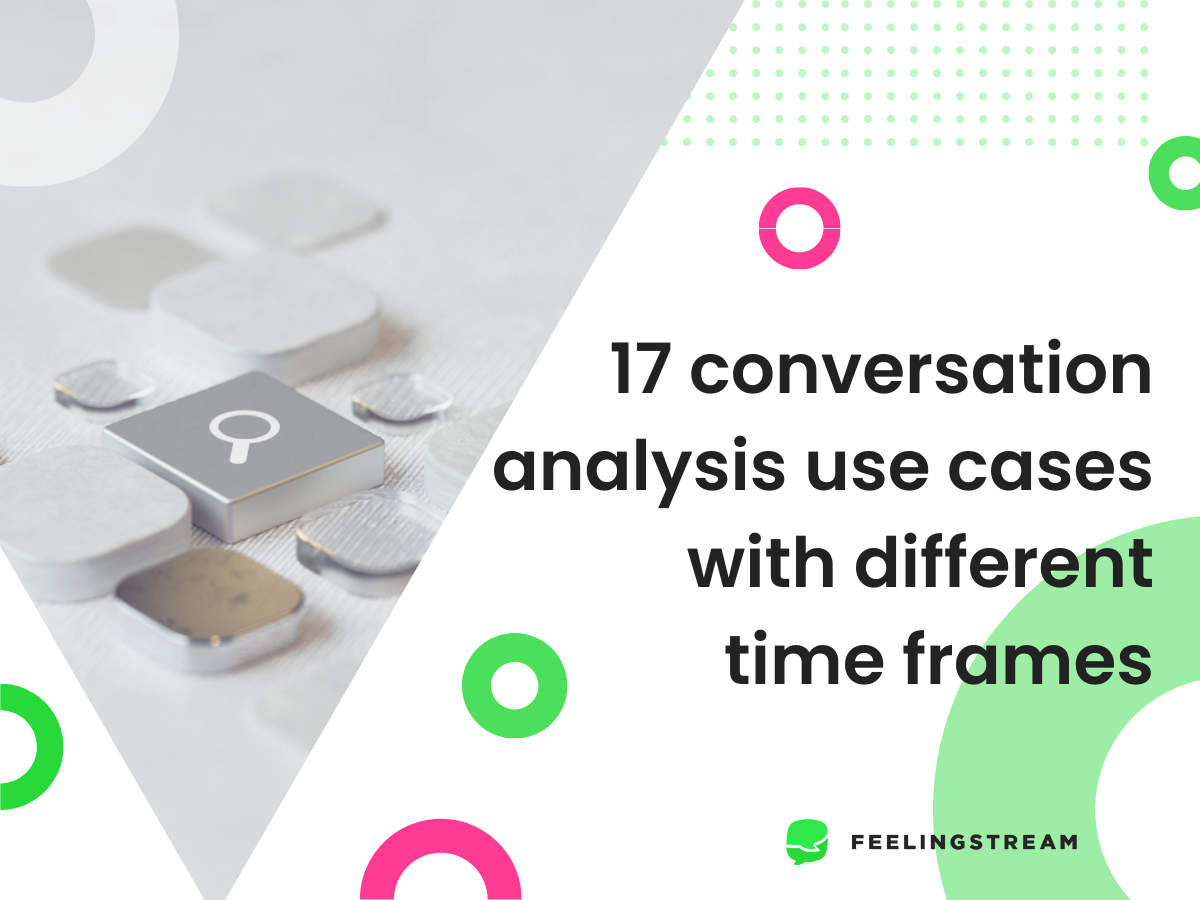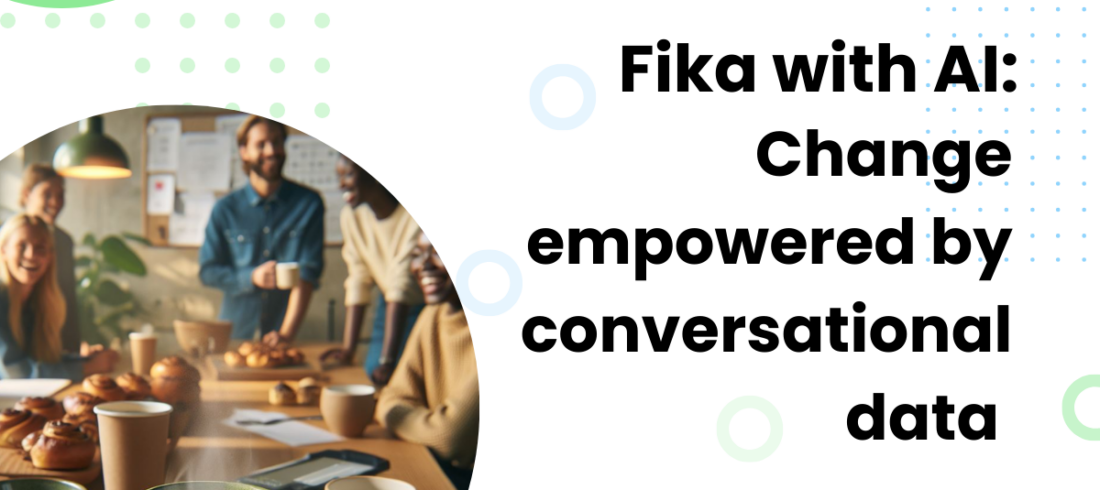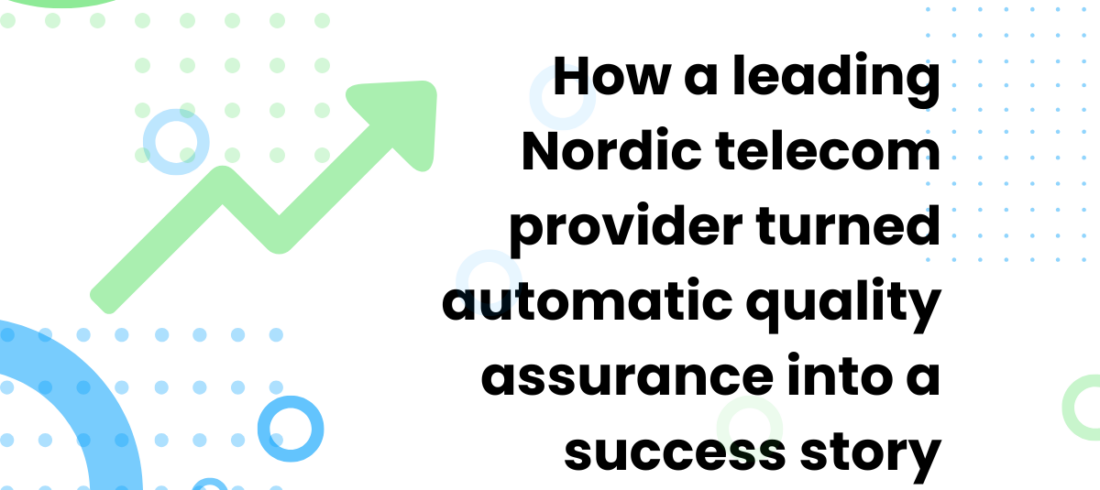Conversation analysis can provide valuable insights for companies across various time periods, ranging from real-time to historical data. Different time intervals support different use cases and can have a variety of benefits. One thing is clear – having data going back a few years will give you the most options.
With the ability to analyse conversations from different periods, users can track trends, identify areas for improvement, and tailor their strategies to enhance customer satisfaction. Additionally, users can make informed decisions based on real-time feedback, optimize resource allocation, and develop targeted retention strategies to foster customer loyalty. Ultimately, the insights empower users to make data-driven decisions that drive success across their organization.
Below, we will separate the analysis time periods in a few different classes and give you examples and ideas for use cases with each class.
Real-time – conversation analysis with conversations from the same day
Real time in our conversation analysis context does not necessarily mean the same minute as the customer phone call is happening, but rather keeping up to date with the conversations as they flow and processing them as soon as possible, then analysing the data.
Here are some use cases or ideas for the same day conversation analysis:
- New trends in conversations – One way of seeing new things pop up is by using the Trending words chart type for your area of interest (such calls from a specific queue).
- Quality assurance – Monitor ongoing conversations to ensure compliance with company policies and standards, enabling immediate feedback or intervention if necessary.
Short-term – this week
Some ideas for weekly monitoring and analysis are:
- Weekly performance evaluation – Assess customer service performance metrics on a weekly basis to track progress and identify areas for improvement.
- Training opportunities – Identify recent customer interactions that can serve as training examples for staff development or coaching sessions. Use previously built Stories and Storyboards to see how Teams and Agents meet the standards and find areas for improvement.
- Campaign evaluation – Evaluate the effectiveness of short-term marketing campaigns or promotions by analysing customer feedback and inquiries during the campaign period.
Medium term – the last few months
Some use cases and ideas for which you’d most likely already want to get some more data and look at a few months’ worth of customer conversations, would be:
- Customer satisfaction trends – Track changes in customer sentiment and satisfaction over time to gauge the impact of operational changes or service improvements. Investigate feedback for specific changes that have been made by looking for customer conversations mentioning the change.
- Product/service feedback – Analyse feedback from the past few months to identify recurring issues or suggestions for product or service enhancements.
- Conversation topic analysis – See the changes in the topics in customer conversations and analyse the changes in the dynamics. Find causes behind the changes, arising new issues or process changes that have solved issues for the customers.
- Competitor analysis – Compare customer interactions over the last few months with competitors’ offerings to identify areas where the company can differentiate itself or address gaps in the market. Keep a constant eye on the mentioning and the context of mentions of competitors.
- Quality assurance – review how agents’ performance has developed over a longer timeframe. Find patterns and decide on the goals for the next period.
Long term – the last year
Moving to a full year of customer conversation data, you have the addition of options that require a longer archive of data, such as:
- Annual performance review – Conduct an in-depth analysis of customer contacts over the past year to evaluate overall performance and set strategic goals for the upcoming year. Reviews can be done by product, process, department, team, etc.
- Seasonal trends – Identify seasonal patterns in customer inquiries or feedback to anticipate future demand fluctuations and optimise resource allocation.
- Customer lifecycle analysis – Track changes in customer behavior and preferences over the course of the year to better understand the customer lifecycle and tailor retention strategies accordingly.
Longer archive, for example, term of 3 years:
A longer archive of conversations will give you the chance to investigate all the previous use cases and examples, but will also extend to:
- Long-term strategy development – Identify long-term trends and patterns in customer contacts over the past three years to inform strategic planning and decision-making.
- Customer loyalty analysis – Analyse customer interactions over an extended period to identify loyal customers and develop targeted retention strategies.
- Predictive analytics – Use historical data from the past three years to build predictive models for forecasting future customer behavior and market trends.
- Reclamation and complaint handling – Long archive of customer conversations will allow to go back to the history of the conversations to assist in these processes, for example, with the support of call transcripts and records of all interactions.
Use conversation analysis for actionable insights and informed decision-making
Overall, analysing customer contacts at different time intervals allows companies to gain insights into short-term performance, identify trends and patterns over time, and make informed decisions to enhance customer satisfaction and drive business growth in the long term.
Ready to unlock valuable insights from your customer conversations? Schedule a demo today and see how our conversation analysis tool can transform your business!




